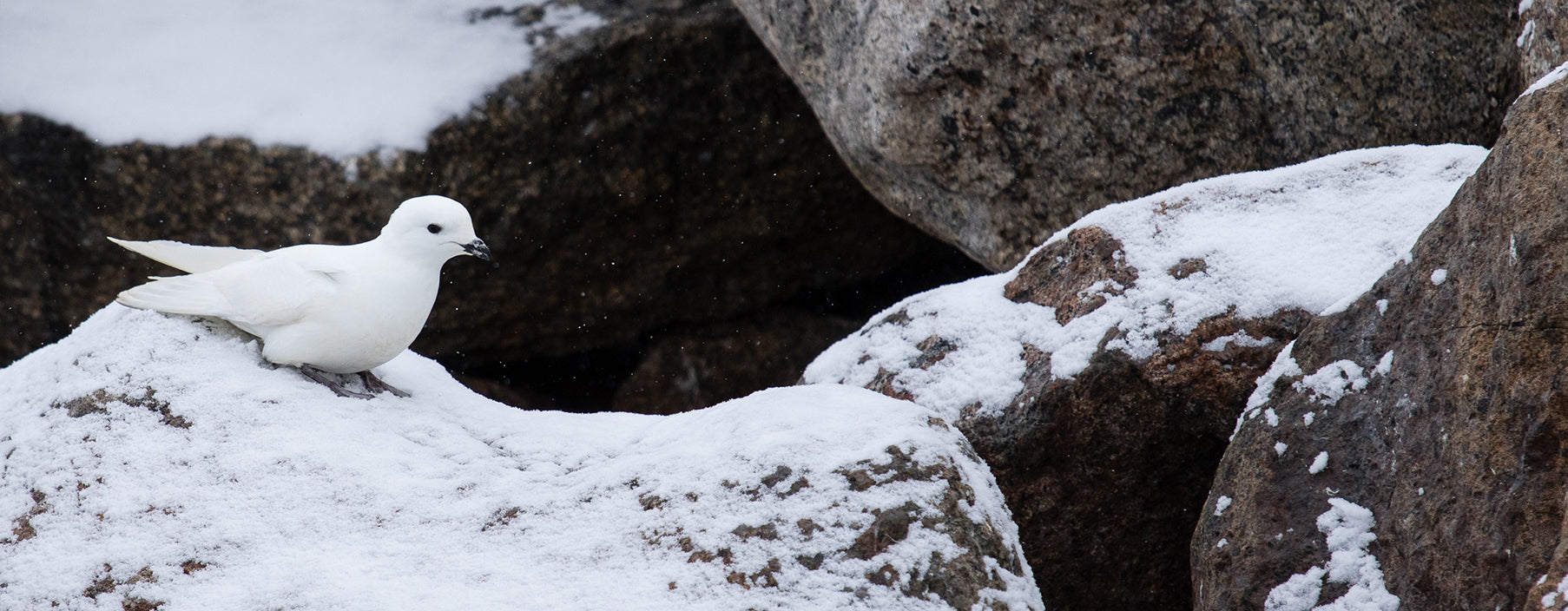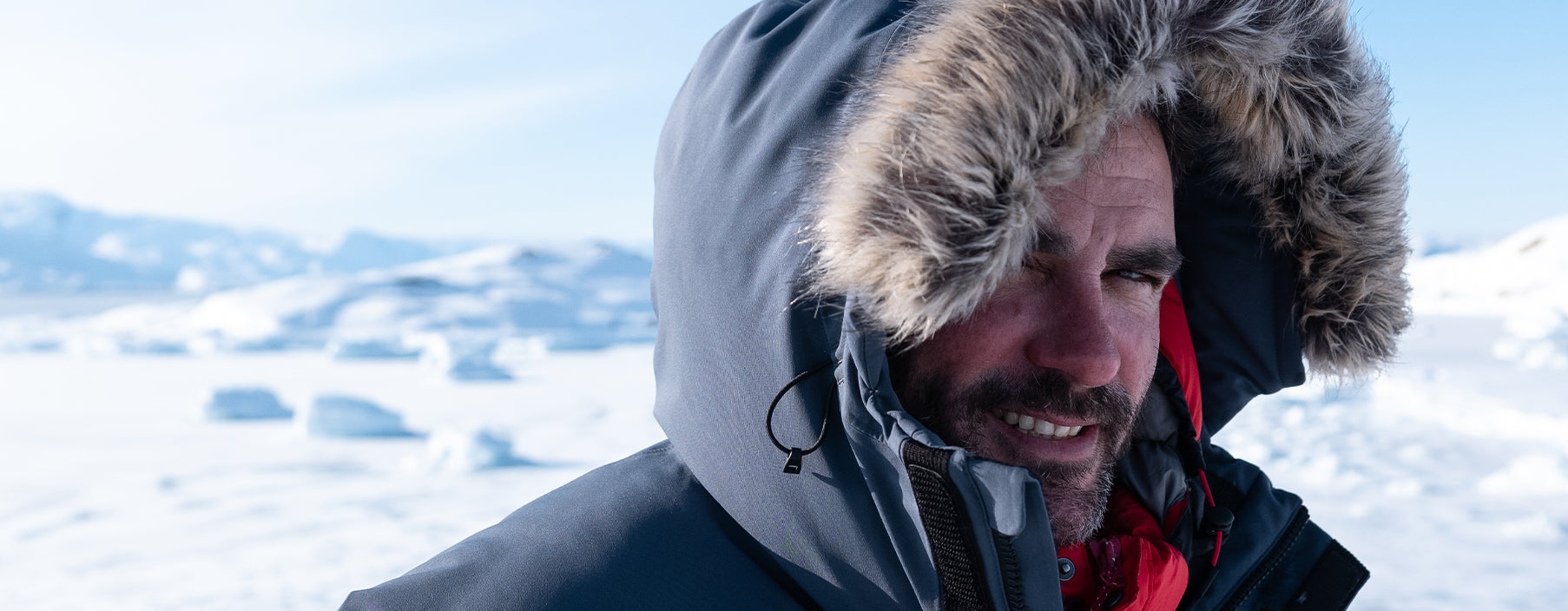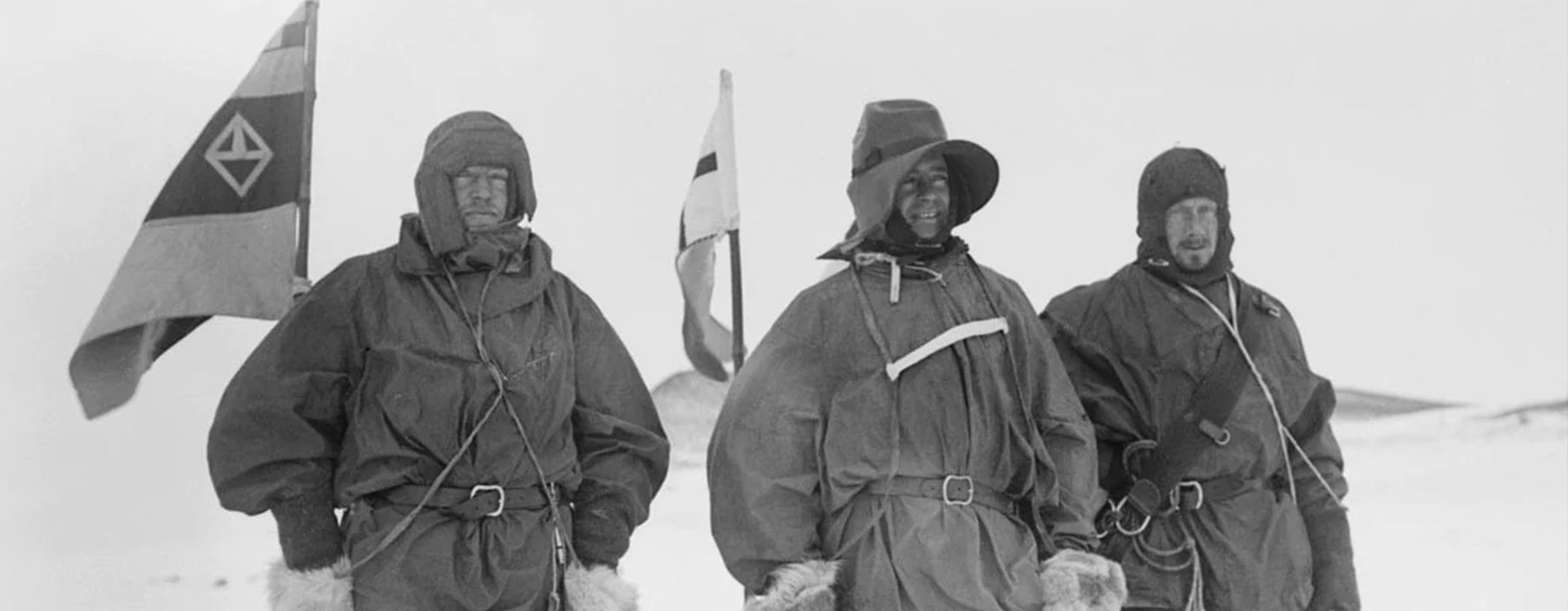
THE SNOW PETRELS OF SVARTHAMAREN // JAMES GRECIAN
Dr James Grecian is an expert in the ecology of marine top predators. His research on the Arctic migration of harp seals was recently featured in BBC Frozen Planet II. He has just returned from Antarctica where he was studying the snow petrels that breed in the mountains of central Dronning Maud Land.

I have been fascinated by the mystery of Antarctica since I was a child. Pursuing a career in ecology was in part inspired through regular family visits to the Wildfowl and Wetlands Trust reserve set up by Sir Peter Scott near our home in Gloucestershire. As I learnt more about Sir Peter, one of the founders of the modern conservation movement, I became interested in the story of his father.
Peter was just 2 years old when Robert Falcon Scott died during his return from the South Pole. In one of the last letters to his wife he wrote “make the boy interested in natural history if you can; it is better than games”. I never dreamt while sitting in a bird hide learning about natural history that one day I might go on my own expedition to Antarctica.
I was part of a two-man expedition based at the Tor field station in Svarthamaren, central Dronning Maud Land. This remote site is 100 km east of Troll, the main Norwegian base and key airfield in this part of Antarctica. It takes a tracked articulated vehicle 5 or 6 hours to traverse the ice between.
The views on our journey were some of the most beautiful I have seen. To our south were the Muhlig-Hofmann mountains, and to our north was unending ice. Ice that stretched until the horizon blended with the clouded sky. The landscape is best described by the words of Norwegian polar explorer, and Scott’s rival in the race to the South Pole, Roald Amundsen:
“Glittering white, shining blue, raven black… the land looks like a fairytale. Pinnacle after pinnacle, peak after peak – crevassed, wild as any land on our globe, it lies, unseen and untrodden. It is a wonderful feeling to travel along it.”
The base at Tor station is basic but well equipped. Over the years it has evolved from a simple wooden shed to a fibreglass igloo, and now consists of two shipping containers. The unit is raised on thick steel legs and strapped down with large steel cables to keep it stable in the high winds. We were regularly woken up in the night by the sound of the cables vibrating from the katabatic winds that funnel down the glacier from the ice cap.

One container is used as living quarters, the other has a store for equipment and food. Outside we had a large bag of ice chips to melt for drinking water. Inside a kerosene stove provided heat. We could raise the inside temperature above 20°C with the stove on in the evenings, but it was a challenge to get out of my sleeping bag when the temperature dropped to -2°C overnight. When I woke in the mornings, one of the first things I reached for was my Hero sweater.
I can see parallels to the camps of Scott, Amundsen and Shackleton. There are bunkbeds that sleep four at one end of the container, a set of kitchen cupboards at the other, and tables in between. Maps pinned to the wall highlight the vast distances to the other bases nearby. The cabin has only two windows so, despite the 24-hour daylight of the Antarctic summer, it’s dim inside. In contrast to the camps of the past, a large bank of solar panels mounted to the front of the container provides enough power to run a couple of laptops, lights, and a satellite phone that provided a key link to the main base at Troll, and occasional contact with our families back home.
During our time at Tor it was clear we were a long way from the nearest help if anything were to go wrong. In extreme conditions even the simplest of day-to-day tasks carried an additional risk. The sense of isolation from living and working in such a remote place is not something I have experienced before, but it came with a strong sense of place due to the vastness of the landscape and a stillness granted by disconnecting from the modern world.

Many people talk about the spectacular biodiversity of the Antarctic peninsula. My first taste of the white continent was the expansive stark beauty of the interior, 200 km inland and with just a few bird species for company.
We were at Tor to study snow petrels, an iconic symbol of Antarctica and instantly recognisable by their pure white plumage. Approximately 1000 pairs of snow petrels breed amongst the boulders of Svarthamaren, alongside around 100,000 pairs of Antarctic petrels and 60 or so pairs of South polar skua.

Snow petrels are intrinsically linked to the sea ice. These small birds forage almost exclusively amongst the pack ice where they feed on small fish, squid, and krill. But to avoid predators, they breed in the boulder crevices of Antarctic nunataks which may be up to 400 km inland from the sea ice. They are one of the few species to have been seen at the South Pole.
Like most petrel species, snow petrels digest their food into a concentrated stomach oil. This oil has an energy density similar to jet fuel, allowing them to travel large distances from the breeding colonies. When threatened or needing to defend their nest, the petrels will spit the oil at an attacker in a very accurate stream that can travel a metre or more! You may have seen this behaviour in Frozen Planet II, where the birds snow bathe to remove the bright orange oil from their feathers.
In Antarctica, the climate is so cold and dry that this oil solidifies around nest cavities. Over time this process can form deposits 20 or 30 cm thick that weigh several kilos and are layered like tree rings. We collected deposits from across Svarthamaren and manhauled them along the glacier back to the field station on a pulk. These have recently arrived in the UK for analysis.

Carbon dating of deposits collected during previous expeditions indicates that snow petrels have been nesting on Svarthamaren for the last 40,000 years. By analysing the chemical composition of different layers in the deposits and comparing it to stomach oil samples collected from the birds, we will be able to trace changes in snow petrel diet over many thousands of years.

Alongside sampling deposits, we were also there to fit small GPS transmitters to some of the birds. The data relayed by these devices offers context by indicating where the birds travel to find food and how they interact with the sea ice along the way.
Our research into the snow petrels of Svarthamaren offers a unique insight into millennial-scale change in the Southern Ocean ecosystem. The climates of the past offer a glimpse of what the world was like at a time when global temperatures were similar to those anticipated at the end of the century if we do not act to curb human emissions. These snow petrels may therefore help us to understand how the Southern Ocean ecosystem will change in the future. This is especially pertinent as 2023 has broken the record for the lowest Antarctic sea ice extent in the satellite era.
This expedition would not have been possible without the support of the Leverhulme Trust, Norwegian Polar Institute and Durham University. More information on the project can be found here: https://antsie.webspace.durham.ac.uk


